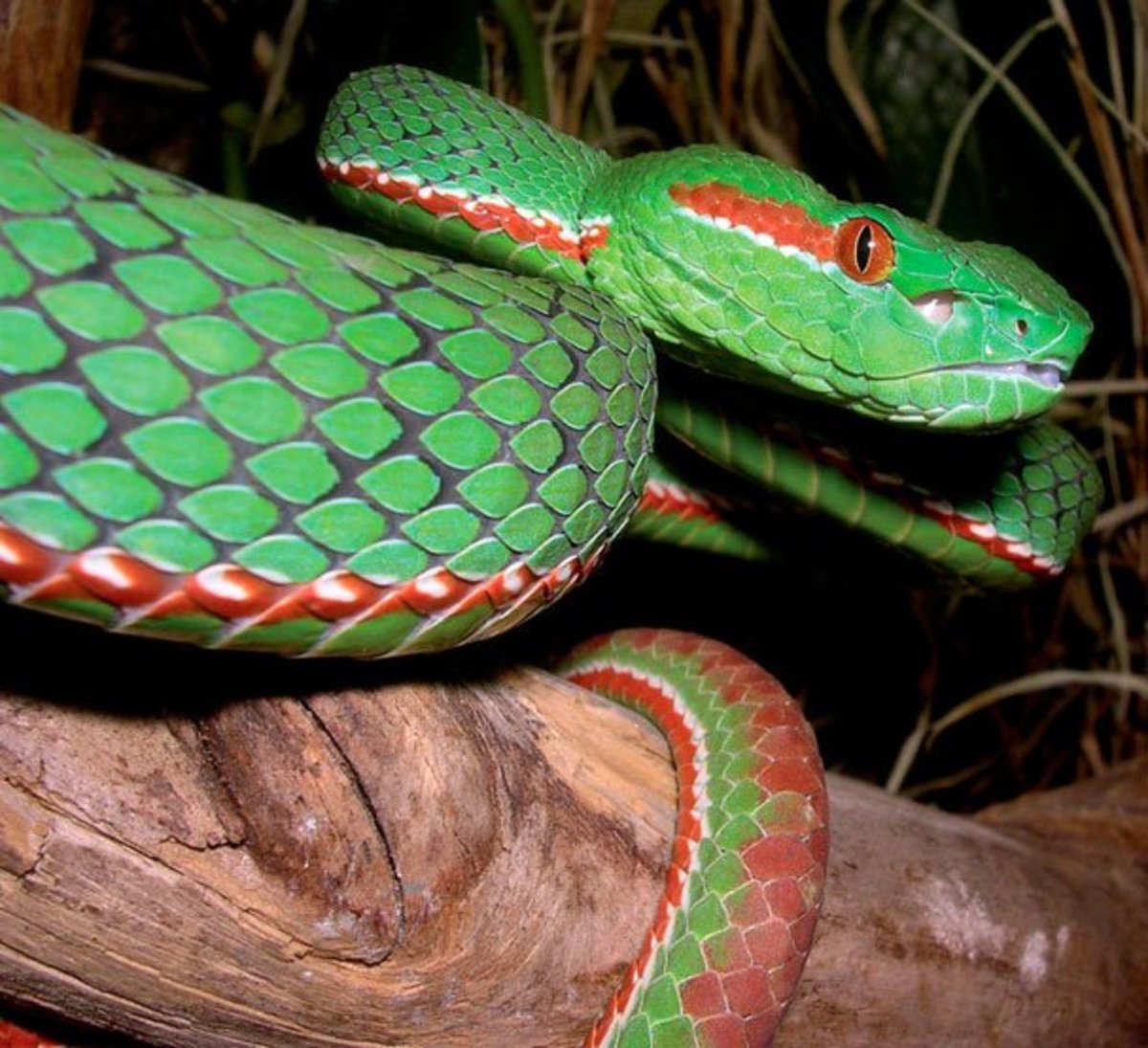
People may be scared of vipers, but the animals themselves are quite fascinating. Finally, avoid attempting to catch or handle venomous snakes, and instead call an expert. The second thing to keep an eye out for is that snakes will frequently coil up around you if they are approached. When you are unsure whether or not a snake is venomous, it is always a good idea to err on the side of caution and avoid the animal. The most important rule when dealing with venomous snakes is to observe them in a calm and controlled manner. These are the most common types of rattlesnakes found in eastern Arizona: diamondback rattlesnake, copperhead rattlesnake, and cottonmouth. The United States has a total of forty different venomous snake species, sixteen of which are classified as endangered.

It is advantageous for many vipers to conceal their identity and deceive their prey with the help of good camouflage. Frogs are one of the most common prey items for vipers. Because a viper can swallow up to 20% of its own body weight in prey, it can consume many different types of mammals. It’s no surprise that they eat rabbits, bats, shrews, and moles. Other animals prey on vipers, including adult mice and rats, chipmunks, squirrels, voles, and prairie dogs. Rat is an excellent prey for vipers because it is a good source of calories. However, some common predators of viper snakes include other snakes, lizards, birds of prey, and small mammals.Ī venomous snake with hinged fangs and powerful venom is known as a vempire. What Eats A Viper Snake?Ĭredit: There is no definitive answer to this question as different viper snakes inhabit different areas of the world and therefore have different predators. Although the rhinoceros viper is the most well-known snake, it was recently forgotten because it was the source of some confusion between the West African gaboon viper, which is scientifically known as Bitis rhinoceros, and the river jack snake. There are two types of river jack: a river Jack and a rhinoceros viper. The body is clad in a stunning velvet-like pattern, with triangles, rectangles, and diamond-shaped shapes that are red, yellow, blue, green, and black.

There are specimens as long as 1.3 meters (4.3 feet) in length, but the average length is 70-90 cm (29–35 inches). There are no confirmed deaths from the bite of the Rhinoceros horned rhinoceros, but many of the complications from envenomation are life threatening. It is a venomous and dangerous snake that can be found throughout Central Africa. The species of rhinoceros is known by two names: River Jack and Rhino Pit viper. Its fangs and toxic venom are the primary characteristics of this snake. The river jack snake is distinguished by its distinctive color scheme and horns, making it a highly sought-after snake. Snake venom has the ability to kill and damage tissue, and river jack snakes can do so as well.

#MOST BEUTIFL RHINOCEROS VIPER HOW TO#
My goal is to help you learn more about wild animals and how to care for them better, as well as to educate you. When I’m studying animal evolution and new wild animal species, I enjoy it immensely. If you are bitten, immediately seek medical attention. In humans, the other type of venom is less lethal because it directly attacks the nervous system. In one example, it destroys prey tissue and causes extensive bleeding in its circulatory system. River jack snakes can produce two types of poisonous venom.

The destruction of their natural habitat and the legalization of marijuana appear to be the two primary threats to their survival. The majority of specimens are small, measuring between 2 and 3 feet in length, but some can reach 4 feet or longer. There are numerous river jack snake species found throughout Africa’s tropical forests. The rhino viper’s venom is highly toxic and can cause serious illness or death in humans.Ī horn-like scale is found on the tip of the river jack snake’s nose. It is an ambush predator that lies in wait for its prey to come close before striking. The rhino viper is a nocturnal predator that preys on small mammals, reptiles, and amphibians. These horns are used to help the snake burrow into the ground. The rhino viper gets its name from the large, horn-like protrusions on its head. It is a member of the viper family and is closely related to the puff adder and the Gaboon viper. The rhino viper is a venomous snake found in Africa.


 0 kommentar(er)
0 kommentar(er)
